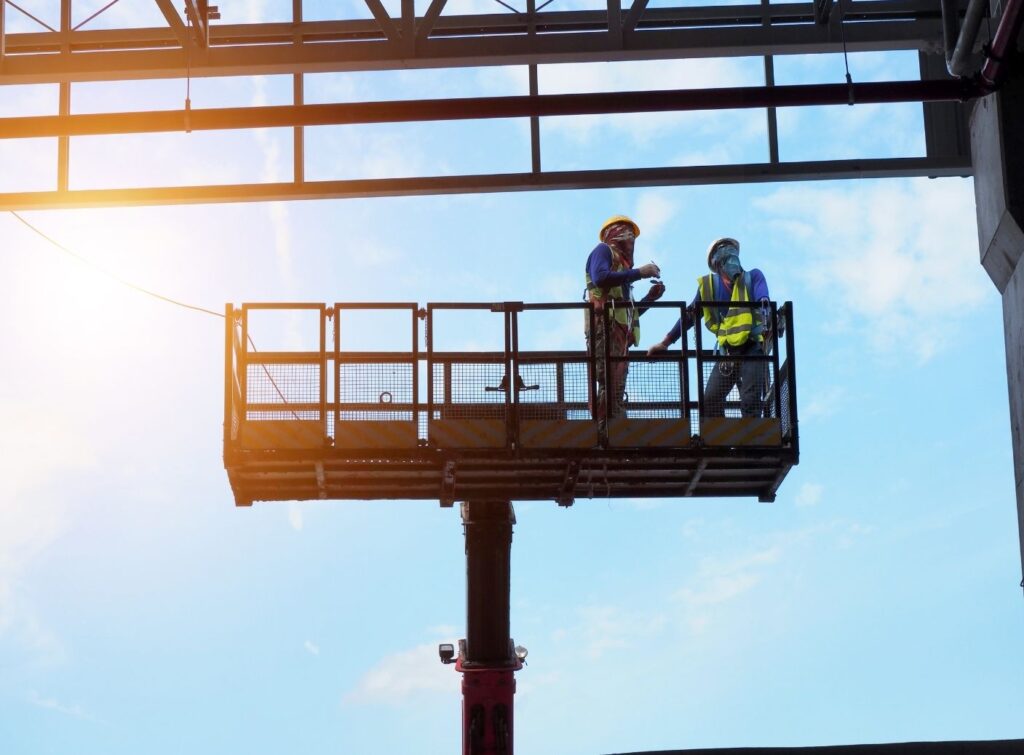Aerial Lift Safety
Safety Requirements for Boom Lifts
Like many heavy machines, boom lifts require immense care from their owners and operators. With the right operator at the helm, boom lifts can be incredibly useful in the workplace. That said, improper handling will make lifts hazardous instead of helpful. Below, we’ll detail three must-know safety requirements for boom lifts.
Proper Training and Certification
Like forklift operators, anyone operating boom lifts needs the proper training and certification beforehand. Employers must find a suitable, OSHA-compliant, Mobile Elevating Work Platform (MEWP) training course to provide their operators. OSHA compliance is key because, as we’ll discuss later, abiding by OSHA standards is non-negotiable. Simple boom lift mistakes can have dire consequences, but proper training helps minimize the chances of those mistakes occurring. Finding great boom lift certification training is an easy step that makes the workplace safer.
Following OSHA Regulations
The Occupational Safety and Health Administration (OSHA) creates smart, safe regulations for businesses to abide by regularly. As their name suggests, OSHA creates these standards to keep workplaces responsible, which any company should uphold. OSHA lists all standards on its website for any employee and employer to read.
Violating OSHA standards can result in substantial workplace accidents and fines, both of which are far from ideal situations. OSHA standard 1926.453 specifically outlines safety requirements for aerial lifts in the workplace. Whether you’re the employee or the employer, knowing and following relevant OSHA standards is essential.
Smart Workplace Practices
This might sound like a no-brainer, but simple, avoidable mistakes are a major culprit behind workplace accidents. For this reason, reporting any cases of reckless employee practices is crucial. For instance, if an articulating boom platform operator is sitting on the edge of the basket, a superior must stop them—even if the employee feels comfortable on the basket’s edge, doing so can result in death or injury. Plus, such an act violates OSHA regulation 1926.453(b)(2)(iv).
Even if an employer provides sufficient training, the act of responsibly operating boom lifts comes down to the employee. Offering refresher training courses is a great opportunity for employers to sharpen their operators’ skills routinely.
These are the three essential safety requirements for boom lifts. Following each of these steps will help employees and employers alike create a safe, efficient workplace. Now that you know the right steps, put them into action in your workplace today.


